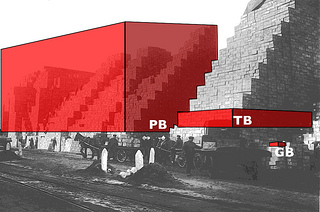Astrostatistics: The Re-Emergence of a Statistical Discipline by Joseph M. Hilbe.
From the post:
If statistics can be generically understood as the science of collecting and analyzing data for the purpose of classification and prediction and of attempting to quantify and understand the uncertainty inherent in phenomena underlying data, surely astrostatistics must be considered as one of the oldest, if not the oldest, applications of statistical science to the study of nature. Astrostatistics is the discipline dealing with the statistical analysis of astronomical and astrophysical data. It also has been understood by most researchers in the area to incorporate astroinformatics, which is the science of gathering and digitalizing astronomical data for the purpose of analysis.
I mentioned that astrostatistics is a very old discipline—if we accept the broad criterion I gave for how statistics can be understood. Egyptian and Babylonian priests who assiduously studied the motions of the sun, moon, planets, and stars as long ago as 1500 BCE classified and attempted to predict future events for the purpose of knowing when to plant, determining when a new year began, and so forth. However, their predictions were infused by the attempt to understand the effects of the celestial motions on human affairs (astrology). Later, Thales (d 546 BCE), the Ionian Greek reputed to be both the first philosopher and mathematician, apparently began to divorce mythology from scientific investigation. He is credited with predicting an eclipse in 585 BCE, which he allegedly based on studies made of previous eclipses from records kept by Egyptian priests.
A short but interesting review of the history of astrostatistics and its increasing importance as the rate of astronomical data collection continues to increase.
And a call for more inter-disciplinary work between astronomers, astrophysicists, statisticians and information scientists.
The ability to cross over tribal (disciplinary) boundaries could be eased by cross-disciplinary mappings.
